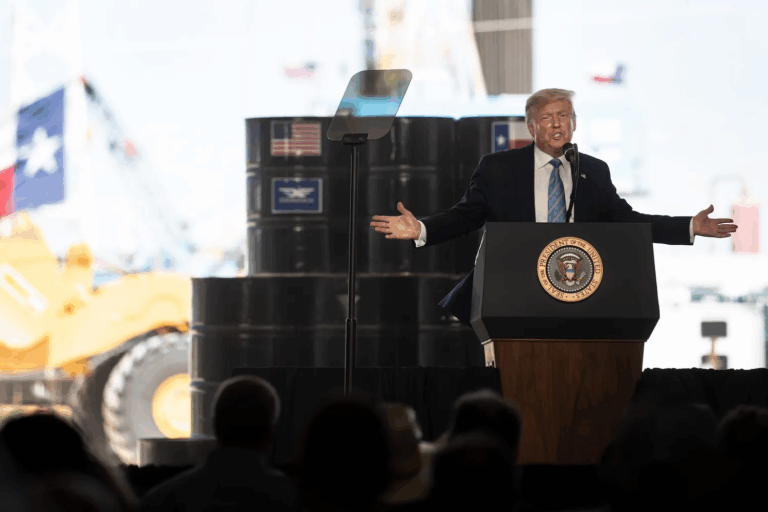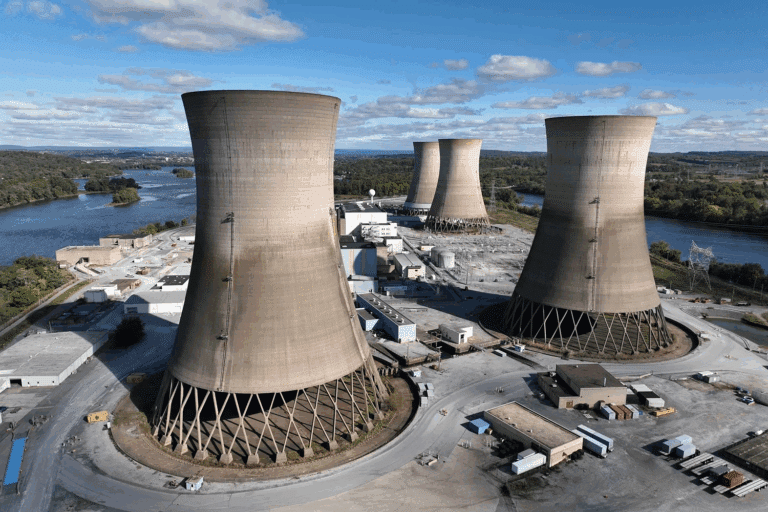This report represents the research and views of the author. It does not necessarily represent the views of the Center on Global Energy Policy. The piece may be subject to further revision. Contributions to SIPA for the benefit of CGEP are general use gifts, which gives the Center discretion in how it allocates these funds. More information is available at Our Partners. Rare cases of sponsored projects are clearly indicated. For a full list of financial supporters of the Center on Global Energy Policy at Columbia University SIPA, please visit our website at Our Partners. See below a list of members that are currently in CGEP’s Visionary Annual Circle.
-
CGEP’s Visionary Annual Circle
-
(This list is updated periodically)
Jay Bernstein
Breakthrough Energy LLC
Occidental Petroleum Corporation
Executive Summary
Nuclear power is considered in many countries a critical facet to maintaining reliable access to electricity during a global transition to low-carbon energy sources. One challenge to its potential in the United States, however, is the current standstill regarding a disposal pathway for spent nuclear fuel (SNF) from commercial reactors. This impasse has a negative bearing on nuclear energy’s ability to supply more zero-carbon electricity and may cost US taxpayers tens of billions of dollars in government liability for failing to meet contractual obligations to take possession of the waste from utilities.
Despite the scientific community assessing that commercial SNF and other high-level radioactive waste (HLW), such as from defense activities, can be safely isolated in deep underground repositories, US efforts to license and operate one have flatlined. The original plan for siting at least two repositories for such waste was abandoned first by DOE and then by Congress. Yucca Mountain in Nevada was designated in law as the nation’s sole potential disposal site by Congress in 1987, fomenting the state’s opposition to the project. As a result of that opposition, Congress has not funded the project since 2010.
Still, progress has been made over the last few decades in nuclear waste disposal programs in countries such as Finland, Sweden, and Canada. And the United States has seen the successful opening and operation of the Waste Isolation Pilot Plant in New Mexico to dispose of generally less radioactive but long-lived transuranic nuclear waste from defense activities. Such programs offer insights for how the United States can try to resolve the challenges with commercial nuclear waste disposal and potentially alleviate one obstacle to wider adoption of nuclear energy to decarbonize the US economy.
This report, part of wider work on nuclear energy at Columbia University’s Center on Global Energy Policy, explains how the United States reached its current stalemate over nuclear waste disposal. It then examines productive approaches in other countries and a few domestic ones that could guide US policy makers through options for improving the prospects of SNF and HLW disposal going forward, including the following:
- Create a new organization whose sole mission is nuclear waste management (and whose approach is consent based). Since the 1970s, reports have noted that a single-purpose organization would have a number of advantages over a program residing within DOE, which has multiple missions and competing priorities. Accordingly, Congress could pass legislation to create a separate nuclear waste management organization that has full access to needed funding and employs a consent-based approach to achieve greater support from state and local communities for the siting of facilities.
- Improve the funding structure of the US nuclear waste program. The program was supposed to be self-financing, with owners of nuclear power plants paying into a Nuclear Waste Fund that would cover the costs of management and disposal. However, due in part to budget laws enacted in the 1980s and 1990s, a lack of access to needed funding has arisen. If the first option of creating a new organization is not achievable in the near-term, Congress could at least improve the waste program’s funding structure.
- Pursue disposal of US defense waste first. There could be greater public acceptance for the disposal of defense-related waste over commercial waste due to the national security missions involved and patriotic sensibilities. Momentum in one area of waste management could lead to the overall program’s advancement, as a successful endeavor for defense waste disposal would inform and encourage commercial waste efforts. Nuclear waste from the defense sector also has some technical characteristics—the inventory being bounded, smaller, cooler, and with less potential for reuse—that may argue for its disposal ahead of power plant SNF.
- Prepare for a large-scale transportation program. To date, the transportation of nuclear waste has been very safe. However, there are additional steps the federal government could take to prepare for the eventual larger-scale transportation campaign of SNF to either a consolidated interim storage site or a geologic repository. Such options include amending the Nuclear Waste Policy Act to allow states to recover the full costs of planning and operations for transportation across their borders and ensuring an independent regulator has authority over the transportation regime to strengthen public confidence in the program.
- Update generic regulatory standards for future geologic repositories. There are two sets of US regulatory standards for SNF and HLW disposal: one for Yucca Mountain and one for all other sites. The Environmental Protection Agency, Nuclear Regulatory Commission, and DOE could resolve inconsistencies between regulations and ensure that new generic regulations for future disposal facilities are flexible enough to cover novel approaches (e.g., deep boreholes).
- Negotiate an agreement with Nevada on Yucca Mountain. The US government could pursue, concurrent with new siting efforts, negotiating an agreement with Nevada to investigate, for example, the disposal of a more limited waste inventory at Yucca Mountain. Nye County, which is where the site is located, sees a disposal facility there as potentially safe and is interested in the associated economic development. Nevada’s long-standing concerns regarding the project would have to be addressed to gain broader public support within the state.





